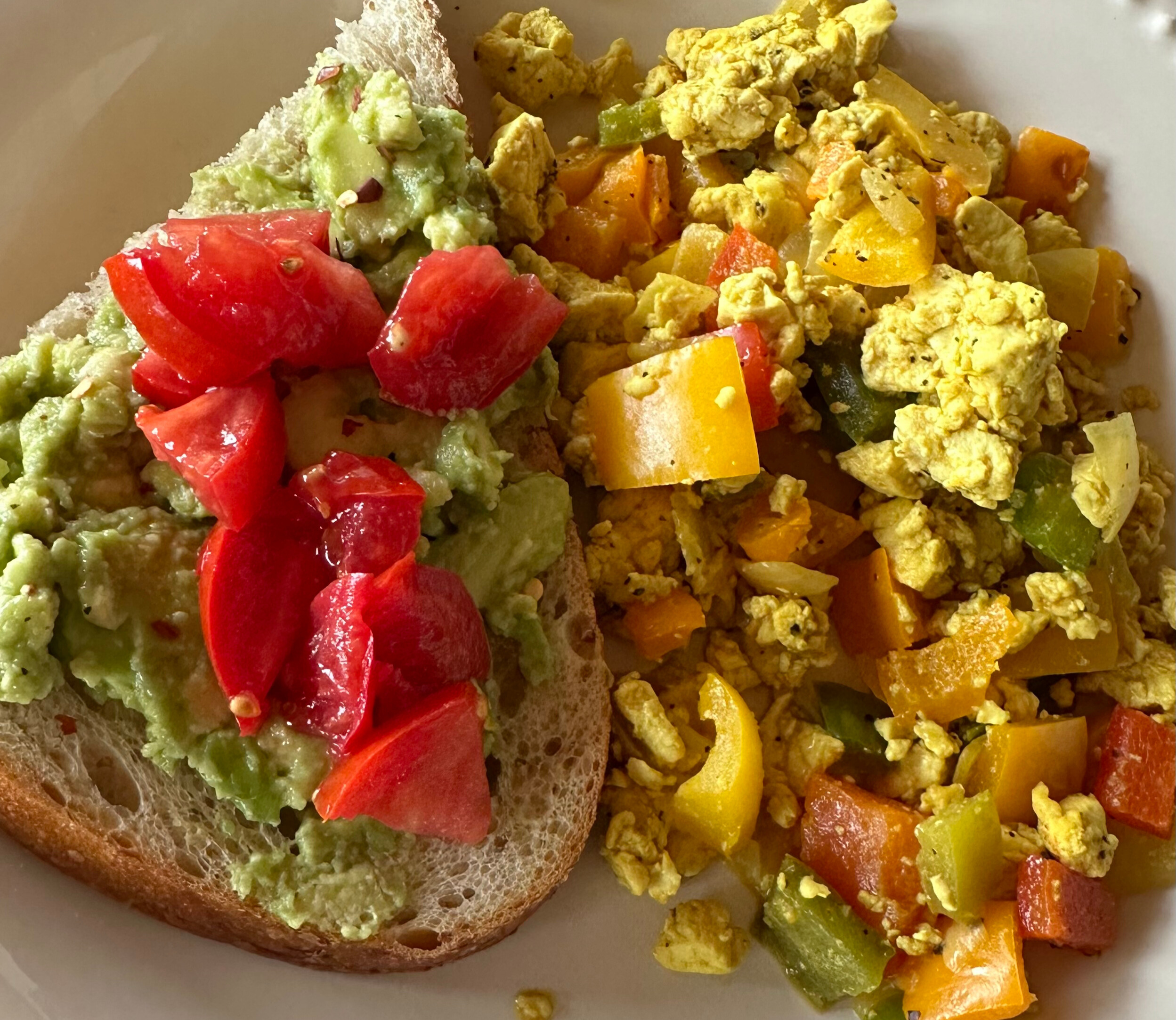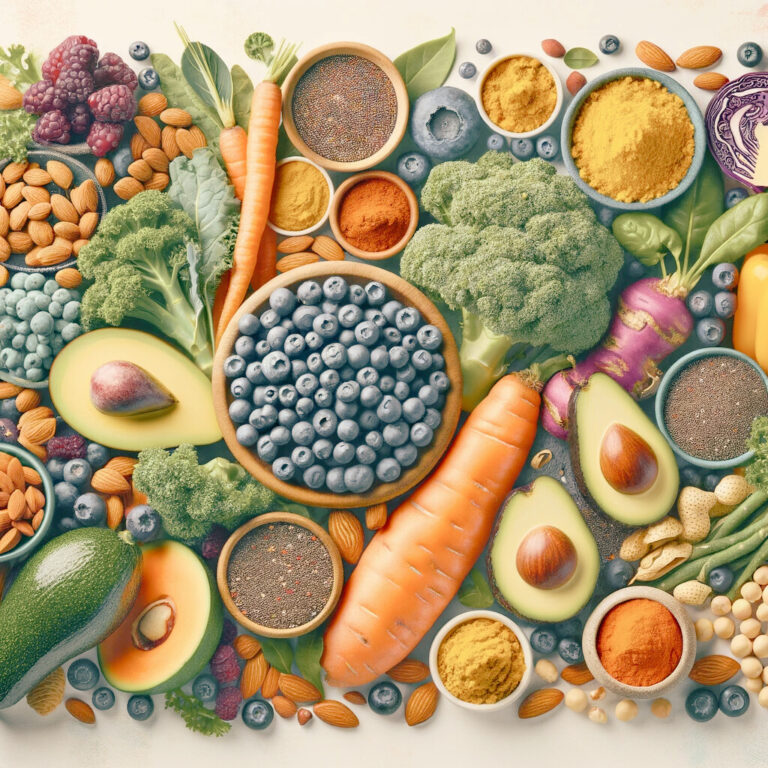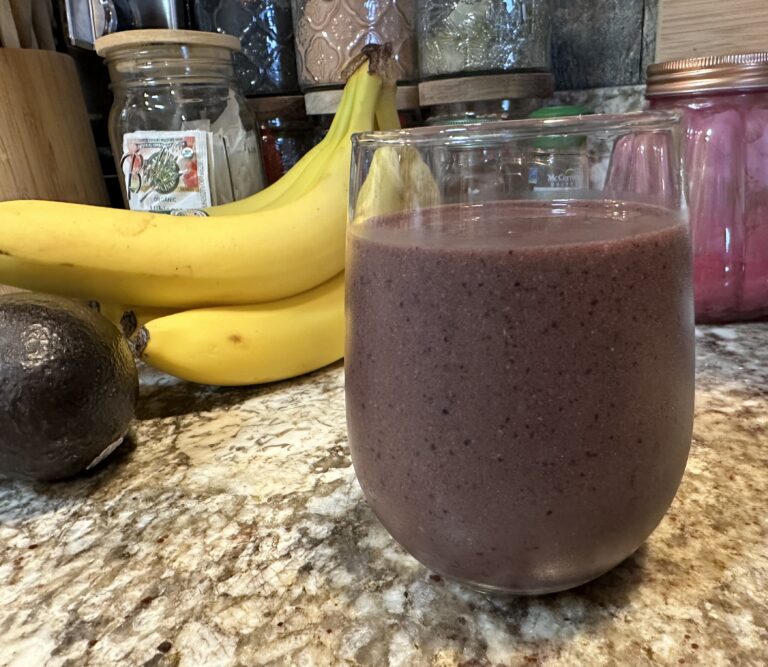Plant-Based Eating: What It Really Means & How to Transition Without Being Overwhelmed

If you’ve ever looked into plant-based eating, you’ve probably come across a variety of terms—vegan, vegetarian, plant-based, and whole-food plant-based (WFPB)—and wondered, What’s the difference?
I get it. When I first started making changes to my diet, the labels alone were confusing enough—let alone figuring out what to eat every day! And if you’re transitioning from a diet that included a lot of processed foods or animal products, it can feel overwhelming.
So in this post, I want to:
✔ Clarify the differences between plant-based diets
✔ Talk about the real struggles of transitioning to plant-based eating
✔ Discuss plant-based substitutes—the good, the bad, and how they can help you in the beginning
Let’s dive in!
What Does “Plant-Based” Actually Mean?
There’s a lot of confusion around the term plant-based because it’s used in different ways. Here’s a breakdown of the main categories:
1. Vegan
A vegan diet eliminates all animal products, including meat, dairy, eggs, and even honey. But veganism isn’t just about food—it’s often an ethical lifestyle that also avoids animal-derived products like leather, wool, and cosmetics tested on animals.
✔ Strictly avoids all animal products
✔ Can include processed foods (Oreos, potato chips, and soda are technically vegan!)
✔ Focuses on ethics as well as food choices
💡 Real Talk: You can be vegan and still eat an unhealthy diet if you rely on processed junk food. It’s possible, but it’s not necessarily healthy. For example, Lays Potato Chips and Oreos are vegan!
I don’t really resonate with the term vegan as much as I used to. For years, I wore it like a badge of honor, convinced that if I just explained it well enough, everyone would see that my way was the best way—for both people and animals. Looking back, I think I would have been better off just focusing on my own journey rather than trying to convert the world.
Unfortunately, veganism has developed a bit of a reputation, often seen as rigid or militant. In reality, most vegans are simply driven by deep compassion for animals, and their passion can sometimes come across as intense. I understand that now. While that level of conviction comes from a good place, it can also be a bit of a turn-off for some people.
At the end of the day, I still believe in making choices that align with kindness and sustainability—I just approach it with a little more balance these days.
2. Vegetarian
A vegetarian diet means you don’t eat meat, but you may still consume dairy, eggs, and honey. There are different types of vegetarians, including:
- Lacto-vegetarian (includes dairy but no eggs)
- Ovo-vegetarian (includes eggs but no dairy)
- Lacto-ovo vegetarian (includes both dairy and eggs)
✔ Eliminates meat but allows some animal products, that are eaten independently, or by including them in the ingredient list of other foods. (using eggs and dairy for baked goods, etc)
✔ Easier transition for some people coming from a meat-heavy diet
💡 Real Talk: If you rely too much on cheese and processed vegetarian foods, it may not be the healthiest option. Especially cheese! But it can be a good stepping stone toward a more plant-based approach.
3. Plant-Based
A plant-based diet focuses on eating mostly plants but doesn’t necessarily exclude all animal products. Some people who consider themselves plant-based still eat small amounts of meat, fish, dairy, or eggs on occasion. I never eat any animals, but I do eat items occasionally with cheese or dairy in the ingredient list. This would still technically fall into the “vegetarian” category.
✔ Mostly plants, but flexible
✔ Focuses more on health than ethics
✔ Not necessarily vegan or vegetarian
💡 Real Talk: This is a great middle-ground if you’re not ready for a fully vegan or vegetarian diet but still want to incorporate more whole, plant-based foods.
4. Whole-Food Plant-Based (WFPB)
A whole-food, plant-based diet (WFPB) takes plant-based eating to the next level by focusing on whole, unprocessed foods. This means avoiding:
❌ Processed foods (even if they’re plant-based)
❌ Oils, refined sugars, and white flour
❌ Packaged meat substitutes
✔ Emphasizes whole, natural foods
✔ Avoids processed and refined products
✔ Primarily for health benefits rather than ethical reasons
💡 Real Talk: This is the most nutrient-dense and health-focused version of plant-based eating. But it can also be one of the hardest to maintain, especially at first. I am taking steps to remove the detrimental and processed foods from my diet, but it is taking a bit of effort! I would like to get to a place where I can say that I fall into this category, but I’m not there yet. I would say that I fall into the “strict vegetarian” category with a focus on whole foods as much as possible.
Many people find themselves in very sudden health situations where their very life depends on changing to this way of eating. So for them, there is not a gradual entry. When transitioning to this diet, most people will see significant reductions in their cholesterol levels, blood pressure, and CRP (C-reactive protein) levels—which measure inflammation in the body and indicate the risk of a heart attack. This diet can be life saving in those situations. So the closer we can all get to eating with this level of intention and effort, the better.
The Struggles of Transitioning to a Plant-Based Diet
Okay, let’s be honest—changing the way you eat is HARD.
If you’re coming from a diet full of fast food, processed snacks, and sugar, or if you are currently eating a diet that is heavy in animal products, suddenly switching to an all-natural, whole-food diet can feel impossible.
Here are some of the most common struggles people face when transitioning:
Cravings for old comfort foods: cheese, burgers, sweets, fast food
Not knowing what to eat: or how to cook plant-based meals
Feeling hungry all the time: because you’re not getting enough calories or fiber
Spending too much money on plant-based: replacement “meat” and dairy products
Getting overwhelmed by meal prep and label-reading: this will become easier the more you do it!
Outside Influence: If you have family influence from people that are not encouraging you, but perhaps making your attempt at a dietary change more difficult. (they may prefer a carnivorous or omnivorous diet)
I went through every single one of these struggles when I made the switch. And honestly? The first few months were the hardest.
How Plant-Based Substitutes Can Help You in the Beginning
One of the biggest mistakes people make when transitioning to a plant-based diet is trying to go 100% whole-food, plant-based overnight.
That’s not realistic for most people. It certainly wasn’t for me.
Here’s where plant-based substitutes can actually HELP make the transition easier:
✅ Meat substitutes (Beyond Meat, Impossible Foods, Morningstar Farms, Lightlife, Tofurky)
✅ Dairy-free cheeses (Miyoko’s, Violife, Daiya, Follow Your Heart, Tofutti)
✅ Egg replacers (JUST Egg, flax eggs-literally ground flax and water, Bob’s Red Mill Egg Replacer, tofu scrambles-very reminiscent of scrambled eggs)
✅ Non-dairy milks (almond, oat, soy, coconut)
Are these products processed? Yes, they are. (But so are animal products.) They are still much better than falling back into unhealthy eating habits!
My Advice: Use these substitutes as stepping stones. They help bridge the gap while you learn how to cook and enjoy whole, plant-based meals. Over time, you’ll naturally start relying on them less.
Final Thoughts: Be Kind to Yourself
Transitioning to a plant-based diet is a journey, not a quick switch. Give yourself grace.
If you need plant-based substitutes to help you adjust, use them without guilt. If you slip up and eat something outside of your plan, don’t beat yourself up.
Here’s what I recommend:
Start slow—try adding one plant-based meal per day (breakfast is a great choice to try!) Then move on to adding a plant-based meal for dinner once a week. “Meatless Mondays”! What a great start! Then maybe after a few weeks you can move to a plant-based breakfast and lunch every day!
Stock up on simple plant-based staples (beans, rice, veggies, fruit, nuts). Your fruits, vegetables, and even grains can be canned or frozen! Many vegetables retain more nutrient value because they are immediately frozen or canned. So if it is more expensive for you to buy fresh broccoli over frozen, or if you have a busy life and you need this experience to be easier to manage at first, then buy the frozen! Remember, no rules!
Experiment with new recipes—have fun with it! Make picking out new recipes a family event! Go shopping together with your kids so that they can learn how to make the healthiest food choices and pick out your ingredients together. My goodness, you only have to do a simple Google search and you have a world of plant-based recipes available to you!
Focus on progress, not perfection
You don’t have to be “all or nothing” to make a difference in your health. For me repetition was my friend. While long term it can feel unfulfilling, it is comforting to have foods in the beginning that you like, and that you know are healthy for you. Just take small steps—and before you know it, plant-based eating will feel like second nature.
I have spent years researching the best plant-based options for optimal nutrition. There are many well known and respected voices in the field of plant-based medicine and they offer guidance on the healthiest way to live a healing, and nutritious diet. My favorites are:
Dr. Michael Greger (How Not to Die, How Not to Diet, How Not to Age, founder of NutritionFacts.org)
Dr. Caldwell Esselstyn (How to Prevent and Reverse Heart Disease, Forks Over Knives)
Dr. T. Colin Campbell (The China Study)
Dr Neal Barnard (President of the Physicians Committee for Responsible Medicine)
I encourage you to research, learn as much as you can about the health benefits that come from eating a plant-based diet, and head to your local library to check out some (or all!) of the books listed above. This will add fuel to your fire and help you along the way!
I’d love to chat!
- Have you tried switching to a plant-based diet?
- What struggles did you face in the beginning?
- Do you use plant-based substitutes, or do you prefer whole foods?
Drop a comment below—I’d love to hear your experiences! And if you’re new here, don’t forget to subscribe to my YouTube channel where I’ll be posting a video to go along with this blog post.
Stay well and eat good food,
Kim






